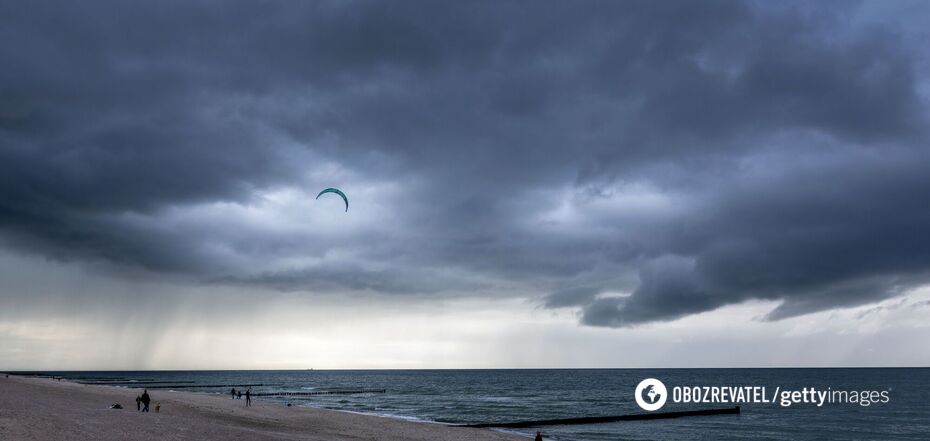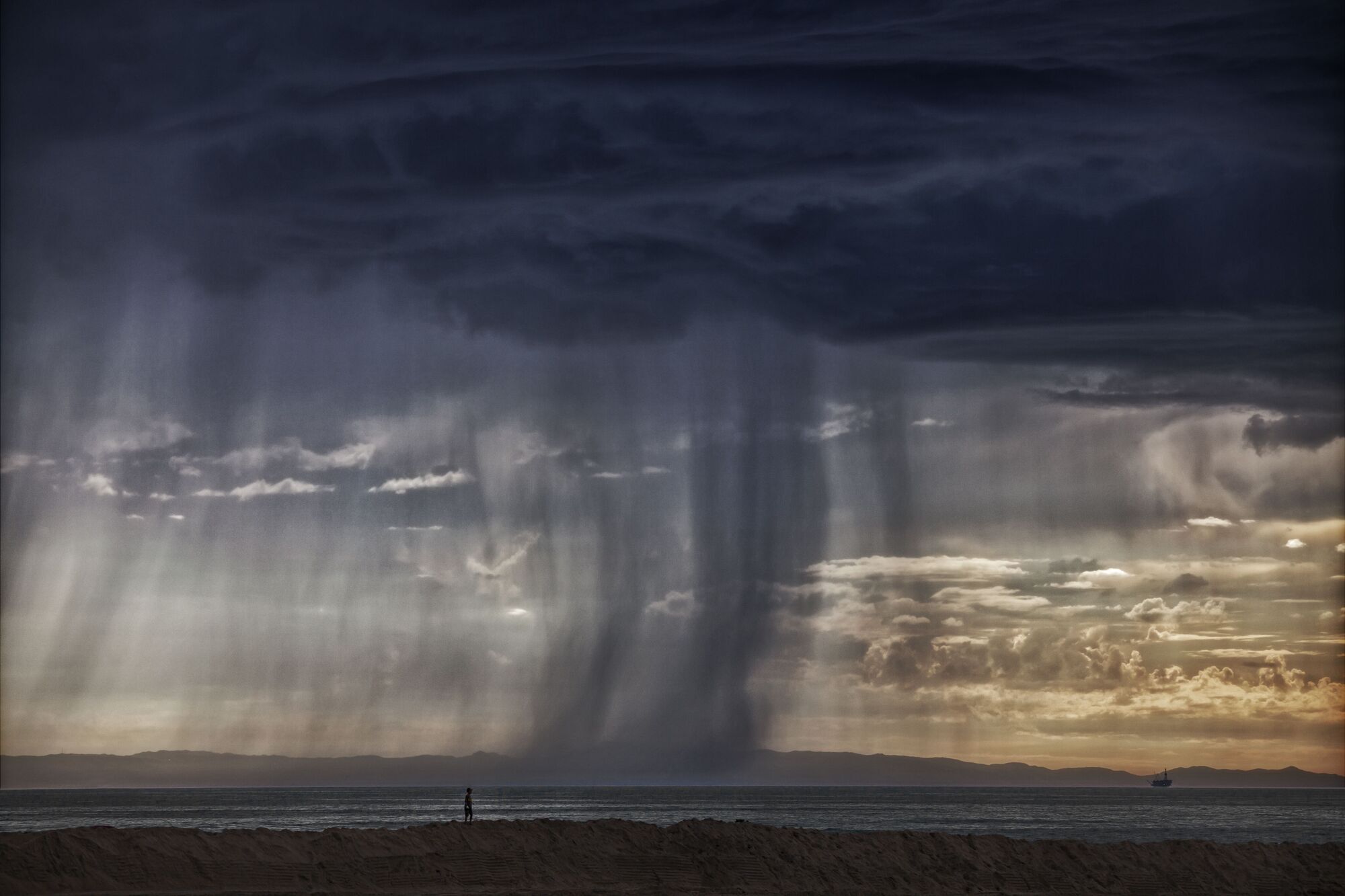News
Scientists discover 'new El Niño' south of the equator: what it means
The El Niño Southern Oscillation is an unpredictable change in winds and currents over the tropical waters of the Pacific Ocean that significantly affects the climate around the globe. However, scientists have discovered a "new El Niño" south of the equator.
According to the scientists, the "secret brother" of the southern oscillation occurs in the southwestern part of the subtropical Pacific Ocean towards Australia and New Zealand. Although the region that controls these weather changes is relatively small, experts warn that it can cause climate change throughout the Southern Hemisphere, ScienceAlert writes.
The international team of researchers who made the unexpected discovery say it will be vital to understanding climate change in the years ahead. "This discovery is like finding a new switch in the Earth's climate. It shows that a relatively small area of the ocean can have a large-scale impact on global weather and climate," said Balaji Senapathy, a meteorologist at the University of Reading in the UK.
By combining real-world observations and state-of-the-art climate modeling spanning 300 years, the researchers were able to track what they called the W4 pattern, which repeats annually in the Southern Hemisphere with four alternating regions of warm and cool air.
The team also found that a smaller region near Australia and New Zealand works as a control lever for the W4. And changes in ocean temperatures in this part of the world, in turn, affect atmospheric temperatures in the southern subtropics and mid-latitudes.
Experts explain that when the wind pattern changes, it changes the depth of the top layer of warmer water in the ocean, which then feeds back into temperature changes in the atmosphere.
The westerly winds can then carry heated or cooled air around the globe in an anomalous W4 climate pattern. According to the study, these climate patterns are different from others we know of, including El Niño and its sister phenomenon La Niña.
"Understanding this new weather system could greatly improve weather forecasting and climate prediction, especially in the southern hemisphere. It could help explain climate change that was previously mysterious and could improve our ability to predict extreme weather and climate events," said meteorologist Senapathy.
Although this system has been identified only now, researchers believe that it has long been affecting the weather in the world.
Only verified information is available on our Telegram channel OBOZ.UA and Viber. Do not fall for fakes!






























